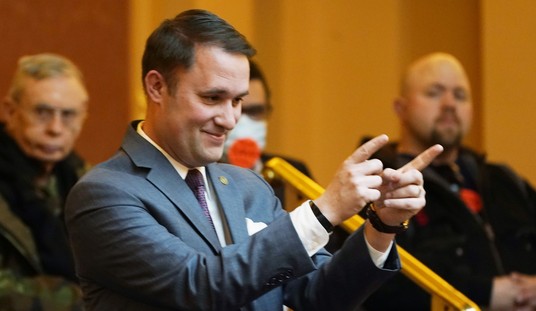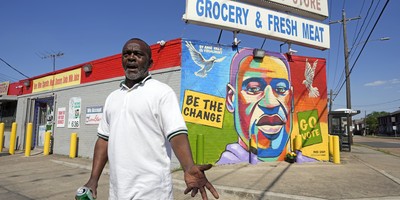It seemed harmless at the time. I didn't intend any racial message, and I didn't feel any sympathy for racial bigotry. Although I had attended segregated public schools all my life, when my high school integrated my senior year, I co-chaired a student human relations committee to address racial conflicts.
Like a lot of people below the Mason-Dixon Line -- white people, anyway -- I saw the emblem as a token of regional pride. I didn't revere slavery and Jim Crow. But I thought there was much about the South to love.
And if the flag annoyed the Yankees a little, that was OK. They were not as noble and blameless as they pretended to be. They were not going to make me repudiate my native region.
But when I recently ran across a photo of me and a friend hanging that flag out the dorm window, I winced. The banner, the familiar red rectangle with a blue X, hadn't changed. But my understanding of what it signified had.
In 2015, anyone displaying that flag knows what it means to viewers, particularly black ones. It's an expression of hostility, not only toward black people, but to broader ideals of how the nation should come to terms with the legacy of racism.
It's a gesture of defiance by many whites who feel victimized by the growing visibility and influence of minorities. It's a giant middle finger, aimed at anyone who would find it offensive.
In a free society, expression of that sort is protected. So it's not surprising to know that the flag can be seen in many places in the South. But it is jarring to be reminded that it still flies at the state Capitol of South Carolina. There, it's justified as a tribute to the state's Civil War heritage and history.
Recommended
Except it's not, really. The flag didn't fly over the state Capitol until the early 1960s, and it was revived in direct reaction to the civil rights movement. It was a token of whites' attachment to segregation.
South Carolina's impulse was not unique in the South. In 1956, Georgia changed its state flag to incorporate the Confederate flag. In Texas, at least, there was a fad of naming schools after Robert E. Lee, another coded message.
Dylann Roof, the accused shooter in Wednesday's massacre of nine parishioners at a black church in Charleston, had a car with a Confederate flag license plate. It's not hard to guess why: He was a white supremacist, flaunting a symbol of white supremacy.
South Carolinians and others have been arguing over this flag for years. In 1999, the NAACP mounted a campaign to boycott the state as a protest of the state Capitol display. The city's mayor urged its removal. The legislature agreed that instead of flying over the building, it would hang at a monument to Confederate soldiers on the grounds.
But that mild concession was not enough to satisfy the NAACP. And Gov. Nikki Haley has refused to reopen the issue.
It arose in the 2000 GOP presidential primary, when George W. Bush and John McCain refused to utter a bad word about the Capitol flag, insisting it was something for South Carolinians to decide.
But there is no way to justify its continued place of honor in Columbia. Getting rid of it would be a step toward acknowledging that the history many South Carolinians revere was oppressive, brutal and unconscionable. Its enduring fallout is a burden on whites as well as blacks.
After losing the 2000 primary, McCain admitted he was dishonest in defending the flag. But he didn't just reverse the position he had taken to win votes in South Carolina.
The Arizona senator said his Confederate ancestors "'fought on the wrong side of American history. I don't believe their service, however distinguished, needs to be commemorated in a way that offends, that deeply hurts, people whose ancestors were once denied their freedom by my ancestors."
McCain didn't force South Carolina's defenders of the flag to admit the obvious. Maybe Dylann Roof will.
























Join the conversation as a VIP Member